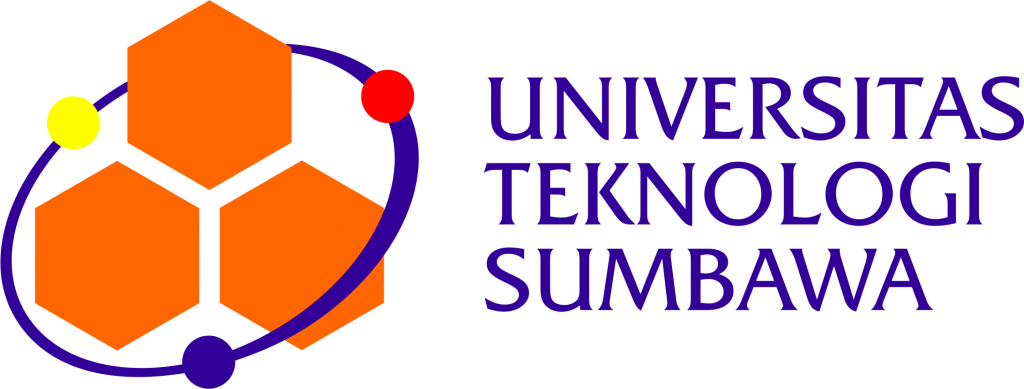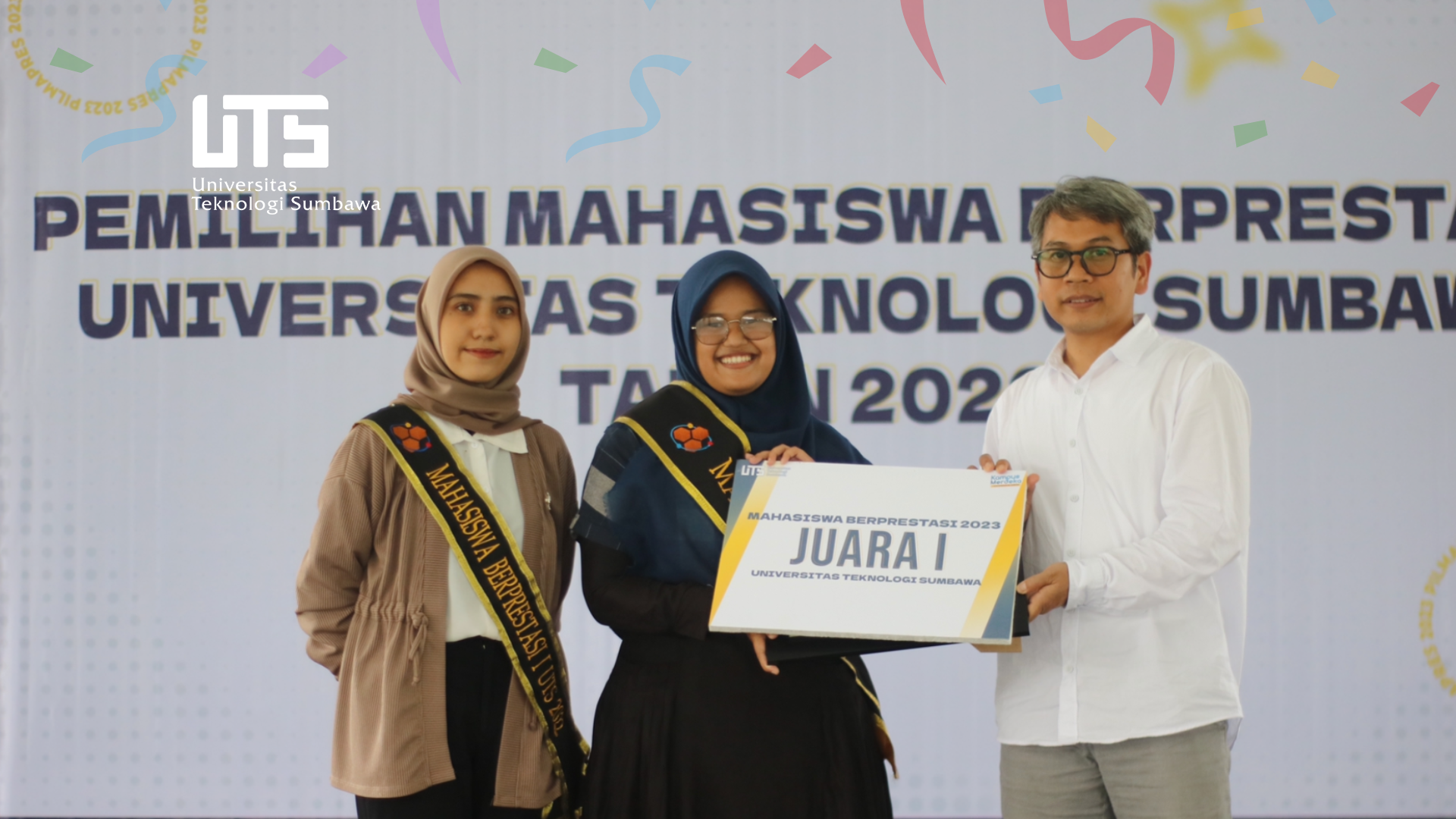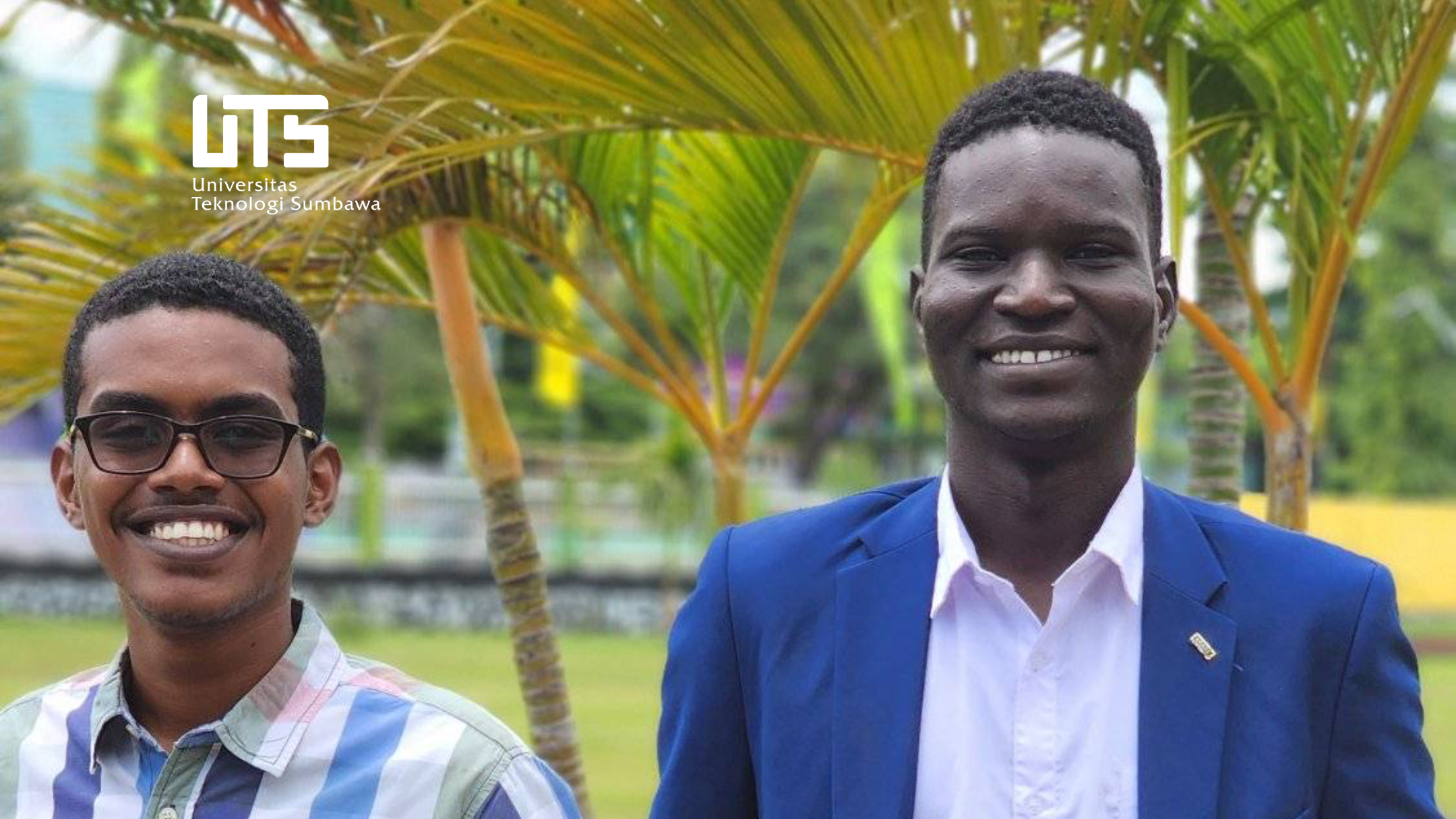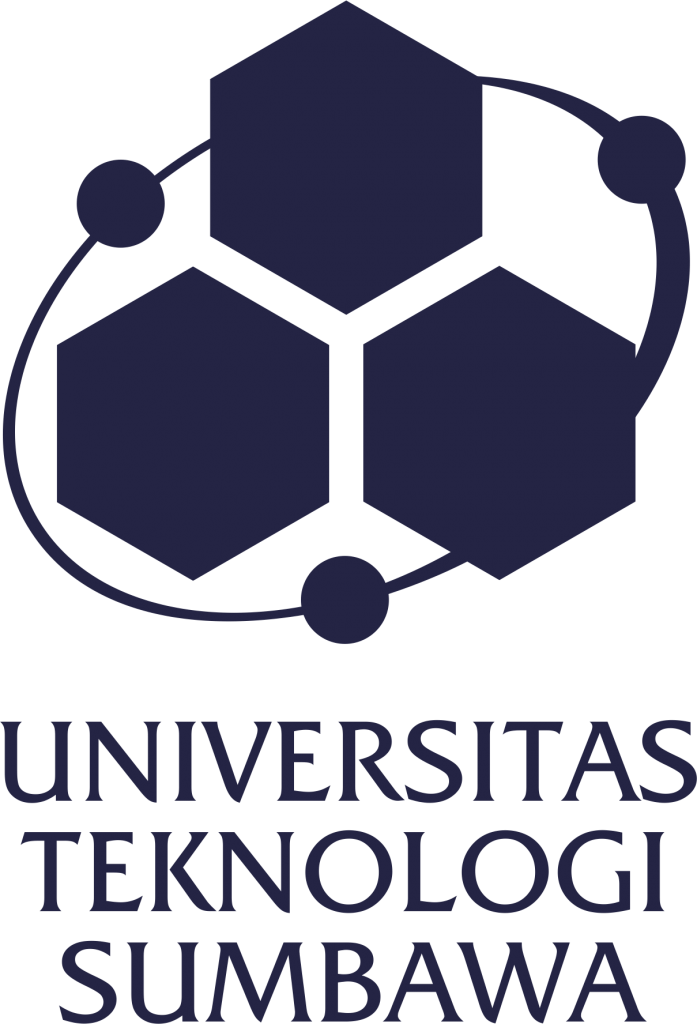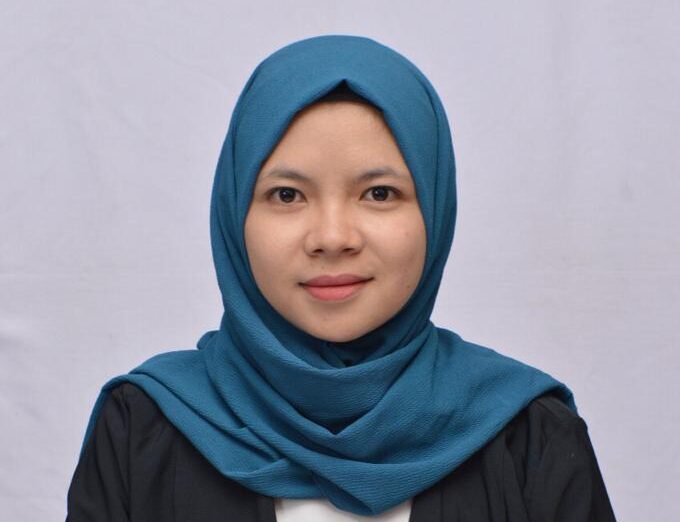
By: Ratna Nurmalita Sari, STP, MSc
Lecturer in Agricultural Technology, Sumbawa University of Technology
Breast milk is the ideal nutrient and gold standard given to babies in the first 6 months. The World Health Organization (WHO) recommends exclusive breastfeeding for 6 months and can be continued for up to 2 years. In exclusive periods, breast milk serves as the only source of nutrition that supports a child’s metabolic and immune processes. Therefore, it is necessary to profiling the composition of exclusive breast milk as a guideline for the creation of formula alternatives that can be used to meet the child’s nutrition if exclusive breast milk cannot be given for certain reasons such as health reasons or insufficient volume.
Breast milk is often called “tailored by infant needs” because the composition of breast milk varies from mother to mother. This happens because each baby has different nutritional needs and is also influenced by other factors such as maternal consumption patterns, health conditions, the environment of residence, and the age of the baby. Studies in various countries have shown changes in the components of breast milk in the exclusive breastfeeding period.
Protein is an important component of breast milk that plays a role in the baby’s biological processes such as immune system formation, antimicrobials, and growth. Currently, proteomics is used as a precise method to show the protein profile in breast milk. This method can see the components of breast milk proteins both qualitatively and quantitatively using chromatography and spectrometry methods. Qualitative results are analyzed using bioinformatic databases, while quantitative data is analyzed using statistical methods.
In our study using the proteomics method in 207 breast milk samples taken over 6 months showed statistically significant differences in several proteins that help in organ maturity and immunity, including dipeptidyl peptide 1, lysozyme C, carbonic anhydrase 6, and chordin like protein 2. Lysozyme C showed a significant increase with the baby’s age, while three other proteins showed a decrease with age. Based on its biological function, chordin like protein 2 serves as a strengthening of tissues and bones in infants, so that by the 6th month the quantity decreases. The increase in the proportion of lysozyme C is related to its function as a passive protective component in infants at the end of the exclusive breast milk period.
Based on the results of Principal Component Analysis (PCA) obtained a high quantity in alpha lactalbumin, alpha casein, carboxyl ester lipase, lactoferrin, beta macroglobulin, and immunoglobulin A in the early months of breastfeeding. Beta macroglobulin, immunoglobulin A, and lactoferrin play a role in humoral antibacterial responses. This shows the importance of breast milk at the beginning of the breastfeeding period to help the baby’s immunity is not perfect when first born. Carboxyl ester lipase is a key enzyme in fat metabolism as a subtitute of the pancreas lipase that has not been formed perfectly. As the main source of energy in breast milk, fat metabolism is needed to increase the baby’s weight.
Changes in some protein components in the exclusive breastfeeding period should be understood for breastfeeding mothers to provide breast milk as much as possible in accordance with WHO recommendations so that children can get nutrition that is appropriate for their growth age. In addition, the composition of breast milk is also in accordance with the digestive condition of babies who still need maturation to digest other food sources to avoid discomfort in the baby’s stomach, such as flatulence and diarrhea. In addition, breast milk contains immune components that can provide protection of the baby from various pathogens.
